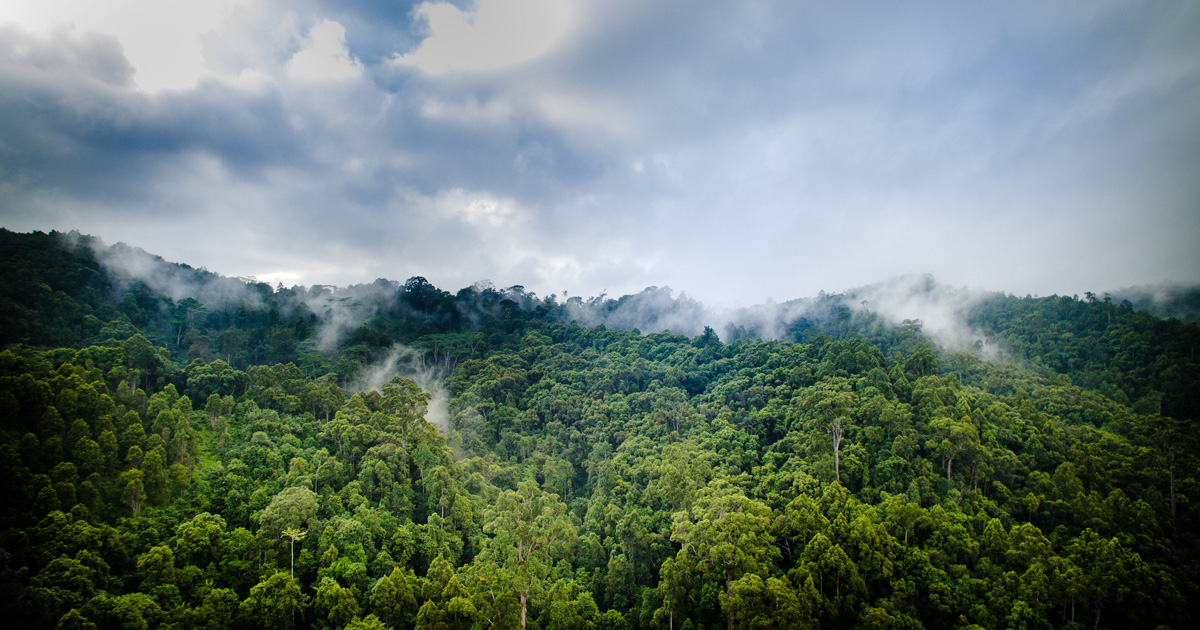Indigenous Peoples are custodians of many of the world’s least-exploited natural areas. These places of local and global socio-ecological importance face significant threats from industrial development expansion, but the risk of conversion of these lands remains unclear. Here we combine global datasets of Indigenous Peoples’ lands, their current ecological condition, and future industrial development pressure to assess conversion threats. To assess vulnerability and risk of conversion, we create an index based on indicators of the strength and security of Indigenous Peoples’ rights to their territories and resources, their representation and engagement in decisions impacting them, and the capital available to support conservation and sustainable development. We find that nearly 60% of Indigenous Peoples’ lands (22.7 million km2) are threatened in 64 countries. Among the 37 countries with the highest threat, socio-economic and political vulnerabilities increase conversion risk, particularly the limited recognition and protection of territorial rights. We suggest strategies and actions to bolster Indigenous Peoples’ self-determination, rights, and leadership to reduce this risk and foster socio-ecological well-being.
Download:
DOI:
https://doi.org/10.1016/j.oneear.2023.07.006
Altmetric score:
Dimensions Citation Count:

























